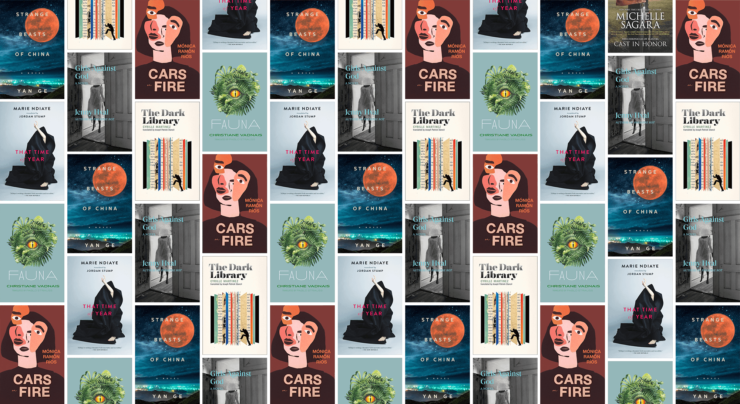There’s plenty of compelling science fiction, fantasy, and genre-defying fiction being written and published in English; of that there is no doubt. But there’s even more work being written in these genres in other languages that isn’t necessarily appearing in English translation; a quick look at the overall numbers on translation bears that out. There are people and institutions pushing back against this—Ken Liu’s work as an editor and translator comes to mind, as does Restless Books’ commitment to releasing an array of Cuban science fiction.
They aren’t the only ones working to increase the amount of translated work out there, however. What follows is a look at six books that recently appeared in translation. Some are distinctly fantastical, science fictional, or horrific; others blend elements of all three genres. They’re all compelling reads in their own right; they’re also a very small fraction of the genre work being written in other languages.
Strange Beasts of China by Yan Ge, translated by Jeremy Tiang
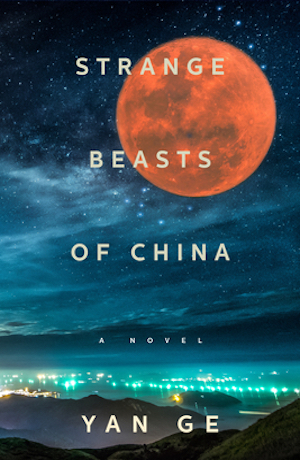
The protagonist of Yan Ge’s novel lives in the Chinese city of Yong’an, a place that—at least in this novel—is also home to a host of beasts, which mostly resemble humans. The first chapter introduces us to the first in a long line of strange yet familiar creatures: “Sorrowful beasts never smile. If they do, they can’t stop—not until they die. Hence their name.” And if Yan’s book was simply a selection of surreal vignettes centered around the beasts, a la Jorge Luis Borges or Italo Calvino, it would likely be compelling enough.
That isn’t the case here, though. The sorrowful beasts tend to have a few other abilities that take the narrative in unexpected (and body horror-esque) directions, and they’re far from the most uncanny creatures readers will encounter here. And as the narrator ventures deeper into the city’s subcultures, she discovers uncomfortable truths about her mentor and her own past. The novel as a whole abounds with moments where vivid imagery coincides with an ever-present sense of danger.
Fauna by Christiane Vadnais, translated by Pablo Strauss
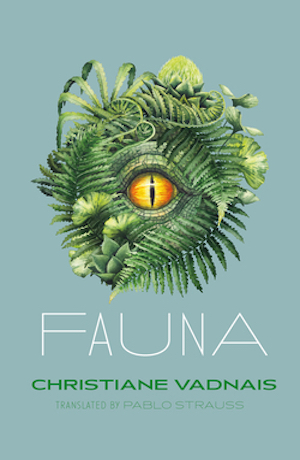
What happens when a technologically-advanced community collides with a sense of environmental devastation? In the linked stories that comprise her book Fauna, Christiane Vadnais takes readers inside Shivering Heights, where cataclysmic weather abounds and the lines between human, animal, and post-human have become blurred.
There’s “Ursus Maritimus,” for instance, whose central character studies her own body as it takes on some distinctive qualities: “That night, new follicles appear on the tips of her shoulder bones. They are coarse and perfectly aligned.” But, as with the works of J.G, Ballard and Jeff VanderMeer, this transformation is depicted as a kind of transcendent evolution. For some of Vadnais’s characters, these changes are grounds for panic; for others, it’s akin to a religious experience.
Girls Against God by Jenny Hval, translated by Marjam Idriss
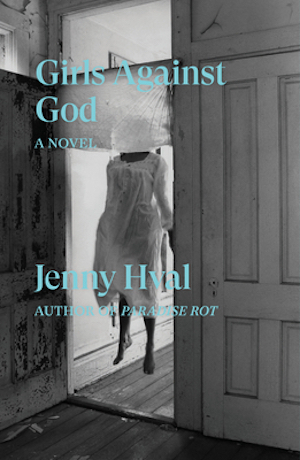
To say that Jenny Hval has an impressive creative range is an understatement: over the last decade, Hval has made a number of surreal, compelling albums that avoid easy classification. Turns out she’s equally talented in another medium: her novel Paradise Rot, which appeared in translation in 2018 and offered a haunting tale abounding with dilapidated spaces and characters who may or may not be ghosts.
Girls Against God is even more ambitious, with a plot that blends time travel, black metal, witchcraft, and film theory. The novel’s narrative leaps around in time; it’s structured, at least initially, as one woman’s memories of her youth and her discovery of art; all the while, various uncanny elements lurk just below the surface—some in the ideas the narrator has for film projects. When the novel finally does move out of the realm of realism, though, it’s in an unexpected way, one which adds another dimension to this wide-ranging work.
That Time of Year by Marie NDiaye, translated by Jordan Stump
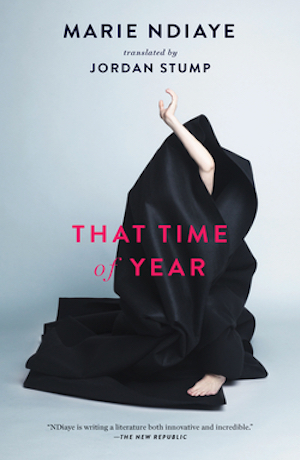
Parisians Herman and Rose, along with their son, have nearly concluded their vacation in a rural village as this novel opens. And then Rose and the child vanish mysteriously, plunging Herman into a bizarre quest to locate them—one which reveals that the cozy village in which they were staying takes on bizarre new qualities when the tourist season is over.
NDiaye’s fiction often begins in a realistic place and segues into the offbeat: her earlier My Heart Hemmed In begins as a kind of social thriller before morphing into a subtle variety of body horror. Here, NDiaye takes the reader to a world of constant surveillance and metaphysical transformations, like something born from a Kōbō Abe fever dream.
Cars on Fire by Mónica Ramón Ríos, translated by Robin Myers
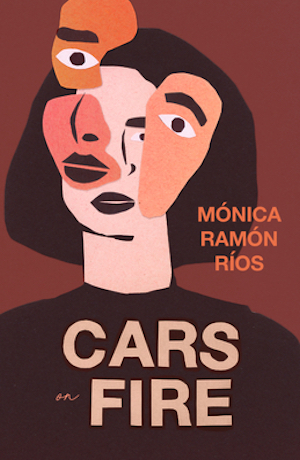
What makes for a dystopian story? For some writers, there’s only one answer: a society that is distinct from any that currently exists on the planet. In the stories contained within Mónica Ramón Ríos’s Cars on Fire, though, a dystopia can be a lot closer to home—anywhere from central Chile to suburban New Jersey. For her, a dystopia isn’t a place so much as it is a state of mind.
In the final section of Cars on Fire, “Scenes From the Spectral Zone,” Ríos takes what was implicit in the rest of the book and makes it far more overt. Here, bodies are malleable and sinister forces surveil the landscape. And there’s also the story of the Extermination, a man-eating swamp creature who’s also one of the more sympathetic characters in the book.The opening sentence of the story where he appears offers a sense of the style and mood Ríos utilizes: “The Extermination showed up a few weeks before the machines came to Zanjón de la Aguada and drained the swamp (rank, fetid, black).”
The Dark Library by Cyrille Martinez, translated by Joseph Patrick Stancil
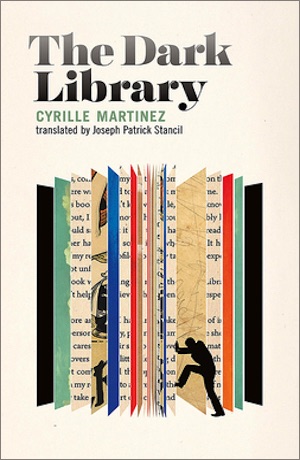
The idea of books with a mind of their own gets a distinctive spin in The Dark Library, along with a take on libraries that’s both loving and satirical. The setting is a world-famous library—“a genuine treasure, the treasure of the national language, the wealth of written heritage,” as Martinez writes. And while The Dark Library does offer readers a few musings on books and the internet, the real draw ends up being the presence of sentient books.
Among their number? The Island Was Almost Deserted, Depressed Poem, and The Angry Young Book—all of which have very strong opinions about when they should be read. Throw in a few mysterious societies and a couple of metafictional layers and you have an offbeat but charming work of fiction.
Originally published December 2020
 Tobias Carroll is the managing editor of Vol.1 Brooklyn. He is the author of the short story collection Transitory (Civil Coping Mechanisms) and the novel Reel (Rare Bird Books).
Tobias Carroll is the managing editor of Vol.1 Brooklyn. He is the author of the short story collection Transitory (Civil Coping Mechanisms) and the novel Reel (Rare Bird Books).










